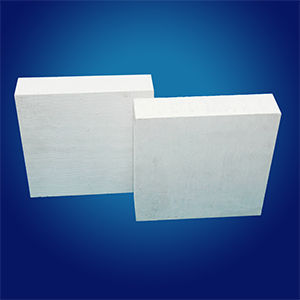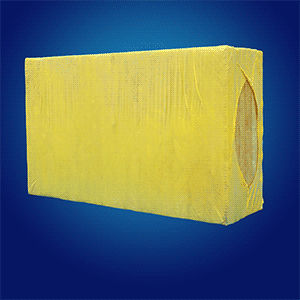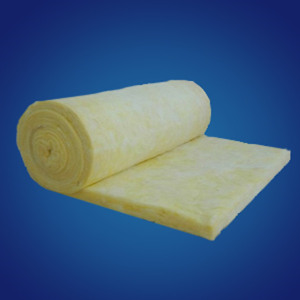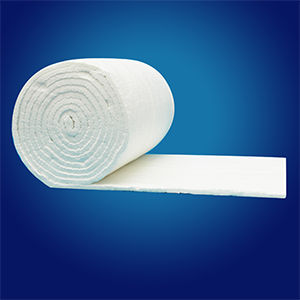
If you have any need for our products, please contact us in time
Contact Us
What are the U value and R value
Posted by:Yolanda Date:21.Dec.2019
The U value (W/m2K) is the thermal transmittance of a building element (wall, roof, floor or window). It includes the thermal resistances of all layers (including air cavities) and surfaces resistances at both surfaces of the element. The surfaces resistances account for both convective and long wave radiation between the element surface and the surroundings.
The U value is the heat flow Q (W) through the whole area of the element divided by the total area of the element and temperature difference between external and internal environments. It is, therefore, used in building energy calculations (i.e. SAP, SBEM) to estimate the total heat loss through the building fabric.
The R value (m2K/W) is the thermal resistance of a building element and is the reciprocal of the U value (R=1/U)
The rate of heat flowing through a material is determined by the material's R-value or metric U-value. The R-value is measured in the SI, or System International, units of Kelvin meters squared per Watt, or in imperial units, square foot degrees Fahrenheit hours per British thermal unit. The U-value has the inverse of R-value units, Watts per Kelvin meters squared. The greater the U-value or the lower the R-value, the more conductive the material will be.
What is R-value?
R-value tells us how well a particular construction material insulates. The higher the R-value, the better the insulation and the more energy you will save. An R-value only applies to specific materials, not to systems.
What is U-value?
U-value is generally used to rate door or window units. The lower the U-Value, the more energy efficient the system in question will be. A U-value is typically a low number because it is a rating of how much heat energy is lost or gained.
U-values represent the transfer of energy through conduction and radiation while R-value only represents resistance to heat transfer.
Knowing what R-value and U-values mean is key to following energy issues and to selecting products that best suit the climate zone you are building in. R-value is essentially a product’s resistance to heat flow which means that the higher the product’s R-value, the better it is at insulating the home and improving energy efficiency. Adversely, U-value measures the rate of heat transfer. This means that products with a lower U-value will be more energy efficient.






